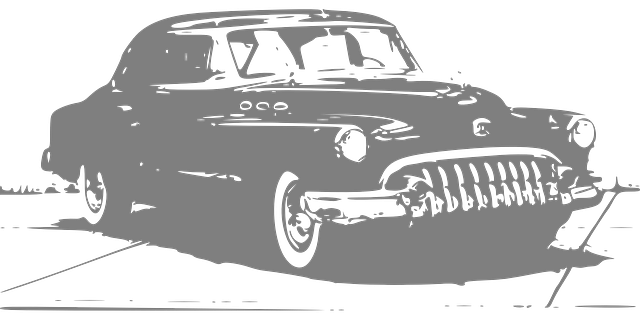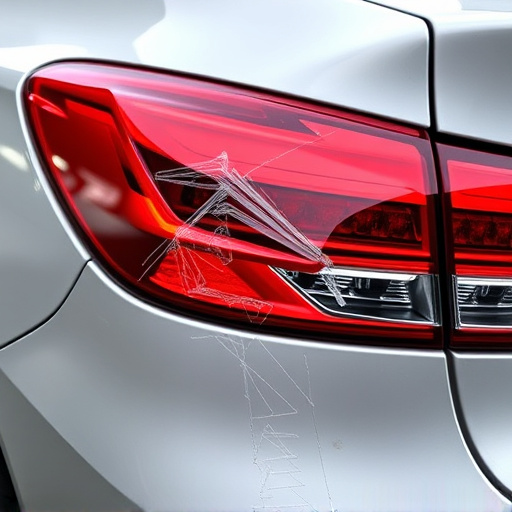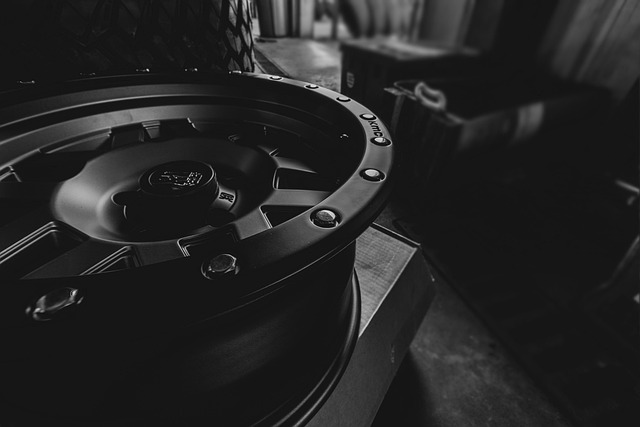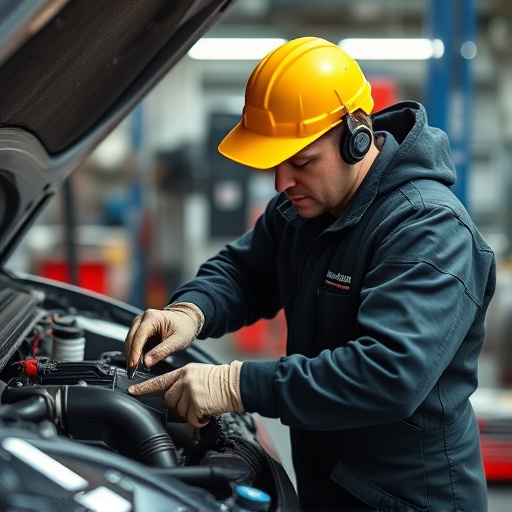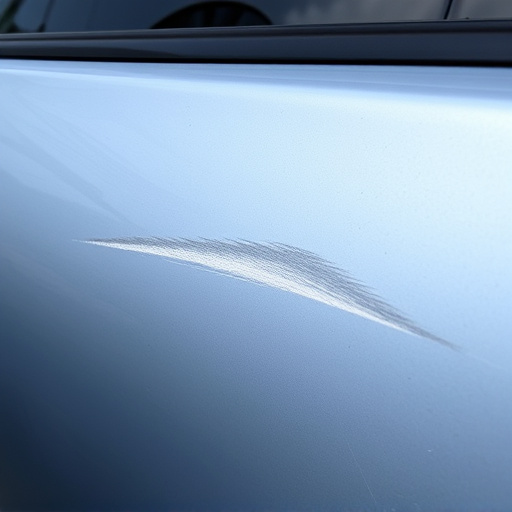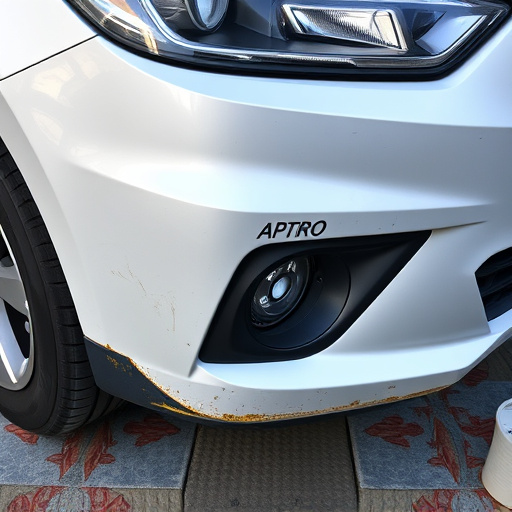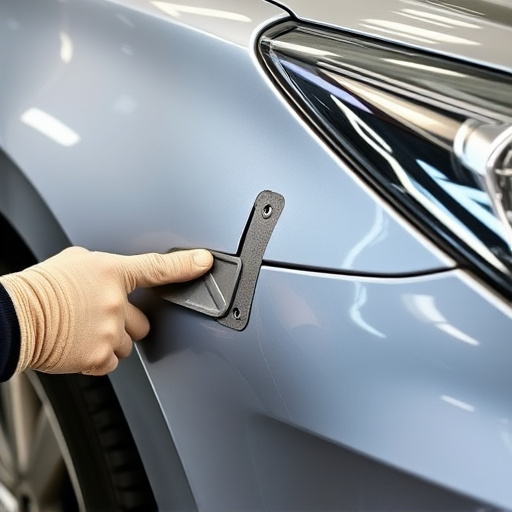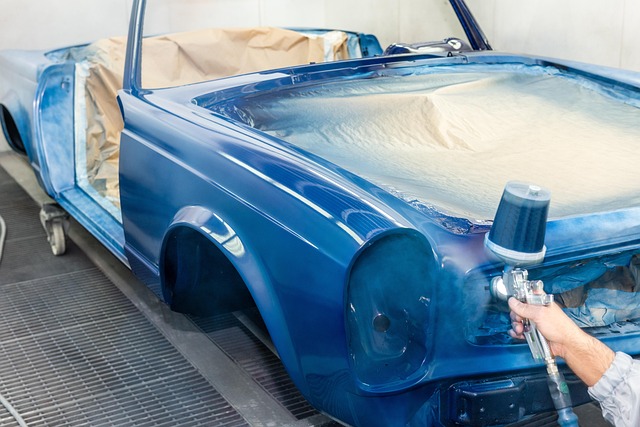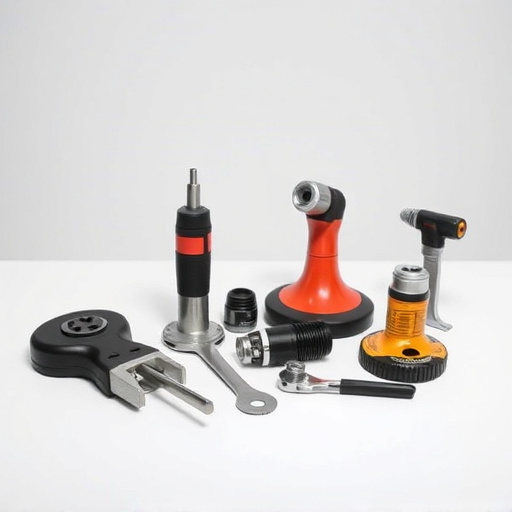Car dent removal varies from DIY methods for shallow dents using tools like dent pullers and mallets to professional techniques for deep damage, requiring specialized machinery. Assessing dent severity is key. Safety gear is crucial during use of any tools. Proper inspection guides repair approach, ensuring a smooth car finish restoration.
Are you tired of those unsightly car dents? Learn everything you need to know about car dent removal before you start. This comprehensive guide covers common dent types and causes, essential tools and equipment, and a step-by-step process for safe, efficient repairs. From identifying the type of dent to selecting the right materials, we’ve got you covered. Get ready to restore your vehicle’s smooth exterior.
- Understanding Common Car Dent Types and Causes
- Tools and Equipment for Effective Dent Removal
- Step-by-Step Guide to Safe and Efficient Repairs
Understanding Common Car Dent Types and Causes
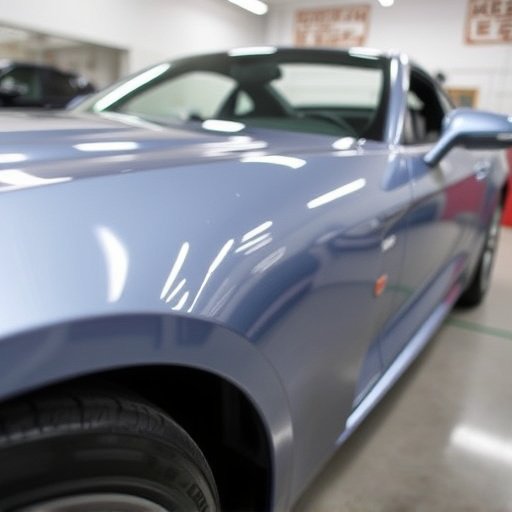
Car dents can range from minor cosmetic issues to significant structural damage. Understanding the types and causes of common car dents is a crucial first step in effective car dent removal. One of the most frequent types is the shallow dent, often caused by light impacts or minor collisions, where the paint is damaged but the metal panel remains intact. Deep dents, on the other hand, involve depressions that pierce through the paint and may even reach the underlying metal. These can result from more severe accidents or impact with heavy objects.
Another common dent type is the so-called “door ding,” typically caused by adjacent vehicles in tight parking spaces. Edge dings, resulting from contact with curbs or other obstacles, are also widespread. Different car dent types require specific removal techniques, ranging from simple hand tools for shallow dents to more advanced machinery and professional car restoration methods for deeper damage. Knowing the extent of the dent is vital before attempting any car repair services, as it determines the best course of action for effective and efficient car dent removal.
Tools and Equipment for Effective Dent Removal

Car dent removal is a process that requires the right tools and equipment for effective results. The first step in any car dent removal attempt should be to assess the damage and gather the necessary materials. This typically includes a dent puller, also known as a plastic hammer, which is designed to pop out dents without damaging the paint job. Additionally, you’ll need a variety of clamps, such as lever-style or slide-on clamps, to secure the area around the dent for safe and precise removal.
For more complex or deeply embedded dents, specialized tools like a pneumatic dent remover or an air gun can be beneficial. These tools use compressed air to force the dent back into place, making them popular choices among those who prefer DIY car dent removal. Remember, proper safety gear, including gloves and eye protection, is essential when handling these tools. Whether you opt for a DIY approach or visit an auto repair shop near me for professional car dent removal services, having the right equipment makes all the difference in achieving a smooth, flawless finish.
Step-by-Step Guide to Safe and Efficient Repairs

Car dent removal is a process that requires precision and care to ensure safe and efficient repairs. Before beginning, gather the necessary tools and materials, including a dent puller, rubber mallet, clamping tools, and a detailing cloth. Start by inspecting the damage thoroughly; this step is crucial as it determines the best course of action for removal. For minor dents, a professional-grade dent puller can be used to gently push out the dented area back into place.
Follow these steps for optimal results: first, clamp around the edge of the dent to secure it, then use the mallet to tap on the puller, gradually applying force until the dent is removed. For deeper or more complex damage, consider consulting a professional collision damage repair service, especially if your vehicle is valuable or has sentimental significance, like in the case of classic car restoration. Effective car dent removal demands patience and attention to detail, ensuring your vehicle returns to its pre-damaged condition.
Car dent removal doesn’t have to be a daunting task. By understanding common dent types, investing in the right tools, and following a structured guide, you can safely and effectively repair dents, saving time and money. Remember, proper techniques are key to achieving professional results. Now that you’re equipped with this knowledge, it’s time to take on car dent removal head-on.
